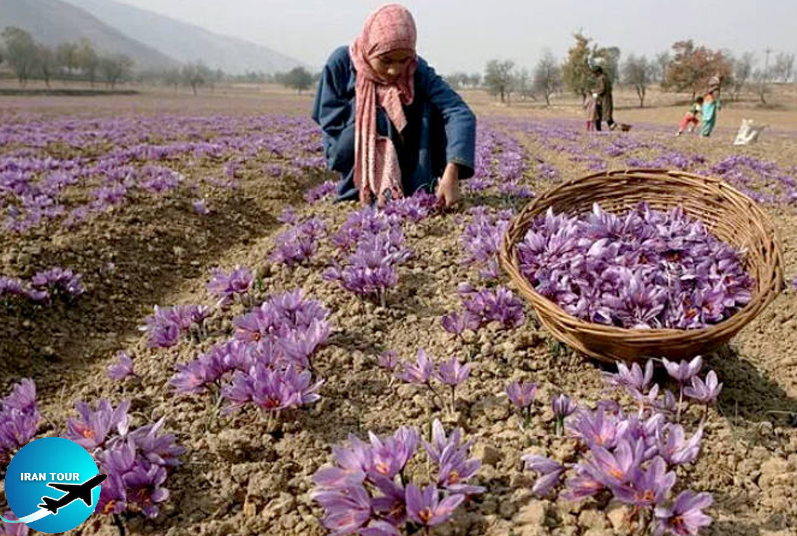Copyright 2020 - 2021 irantour.tours all right reserved
Designed by Behsazanhost
Iran Saffron the red gold
Iran Saffron
Saffron Za'faran (saffron) is a term derived from Old Persian and Sanskrit languages and has been spelled so in Shahnameh, the epic of kings. Arabic texts seldom refer to saffron and wherever they speak about it they refer to Persian books from Avicenna and Razi. Saffron's habitat is in Iran and India and it doesn't grow in any Arabic country in a natural manner. The cultivation of saffron in Iran began approximately three thousand years ago. It is red, precious, and void of
Thanks to its excellent taste, color, and perfume saffron are used in various Iranian dishes. It is used in chemistry and medicine too. Due to limited cultivation saffron is very dear. By producing nearly 100 tons of saffron a year Iran is the foremost producer of this herb and Spain which produces 25 tons of it a year is
 |
Saffron is a medical and industrial herb. Saffron which is the red crest of the herb above the root is light red when harvested but it gradually turns to dark red. Fresh saffron has a lovely perfume and gives a special flavor to the food. The main income of the farmers in Khorassan is from saffron which they call 'red gold'. The saffron tree needs water only in November and December and rainwater is enough to irrigate it and many people are engaged in the cultivation of saffron in the country. Being small in size and light transportation of saffron is not costly and it fetches considerable foreign exchange for the nation. Statistics about the cultivation of saffron show that approximately 100 thousand families in Torbat-e Heidariye, Qa'enat, Ferdows, Gonabad, Sarayan, Birjand, and Kashmar in Khorassan and Eqlid and Estahban in Fars earn their bread from saffron. Out of 230 tons of saffron produced in the world in a year nearly 170 tons
 |
- Details
- Category: IRAN Blog